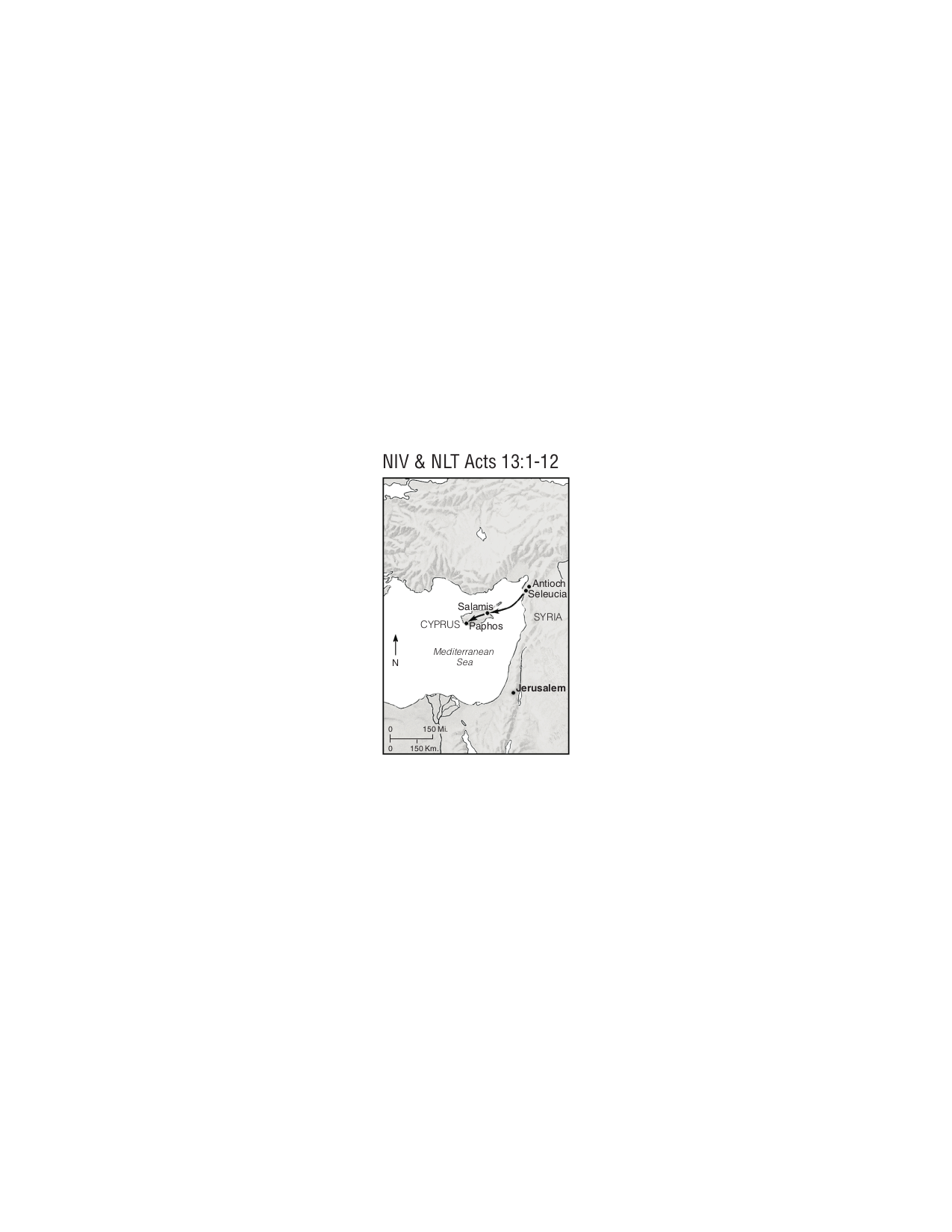
Salamis
This city on the Mediterranean island of Cyprus was the first stop for Paul, Barnabas, and John Mark on the first missionary journey.
Open Bible Data Home About News OET Key
OET OET-RV OET-LV ULT UST BSB MSB BLB AICNT OEB WEBBE WMBB NET LSV FBV TCNT T4T LEB BBE Moff JPS Wymth ASV DRA YLT Drby RV SLT Wbstr KJB-1769 KJB-1611 Bshps Gnva Cvdl TNT Wycl SR-GNT UHB BrLXX BrTr Related Topics Parallel Interlinear Reference Dictionary Search
A B C D E F G H I J K L M N O P Q R S T U V W XY Z
SALAMIS
Seaport on the eastern shore of Cyprus where Barnabas and Saul landed near the beginning of their first missionary journey. They proclaimed the word of God in the synagogues of the Jews in this town (Acts 13:5). Tradition states that the city was 1,000 years old when the missionaries arrived, having been founded by Teucer after his return from the Trojan war.
For centuries, it was a major seaport, shipping copper, timber, ceramics, and agricultural products to Europe, Africa, and Asia. The Ptolemies encouraged Jews to settle there, which is why Barnabas and Saul found Jewish synagogues there. Barnabas’s tomb is at nearby Ali Barnaba monastery (discovered in AD 477).

Salamis
This city on the Mediterranean island of Cyprus was the first stop for Paul, Barnabas, and John Mark on the first missionary journey.
After the partial destruction of the city by Hadrian in AD 116 and further damage by earthquakes in AD 332 and 342, it was rebuilt by the Byzantine emperor Constantius II (AD 336–361). Prior to AD 332, Salamis had the largest Jewish community on the island. Afterward, it apparently contained the largest Christian community, as it became the metropolitan see of the island.
After the destruction of the city by the Saracens in AD 647, the harbor silted up and the site was abandoned. During the centuries of Ottoman dominance, the harbor was replaced by the port of Famagusta.
Archaeological Finds at Salamis
Excavation of the site of Salamis reveals Roman baths, a Roman villa, a granite forum, the basilica, the agora, and the temple of Zeus. Portions of the city wall and ancient harbor have also been identified. The most impressive remains are at the north end and are called the Marble Forum. This vast complex includes remains of the gymnasium of the Greco-Roman period, the great hall, and baths from the early Byzantine period. The main forum, or market, measured 750 by 180 feet (228.6 by 54.9 meters), surrounded by large Corinthian columns. The basilica, or church building, is the largest known on the island. It was apparently built after Constantius II had renamed the city Constantia. The large Christian community that once flourished here bears witness to the pioneering work of Barnabas and Saul.